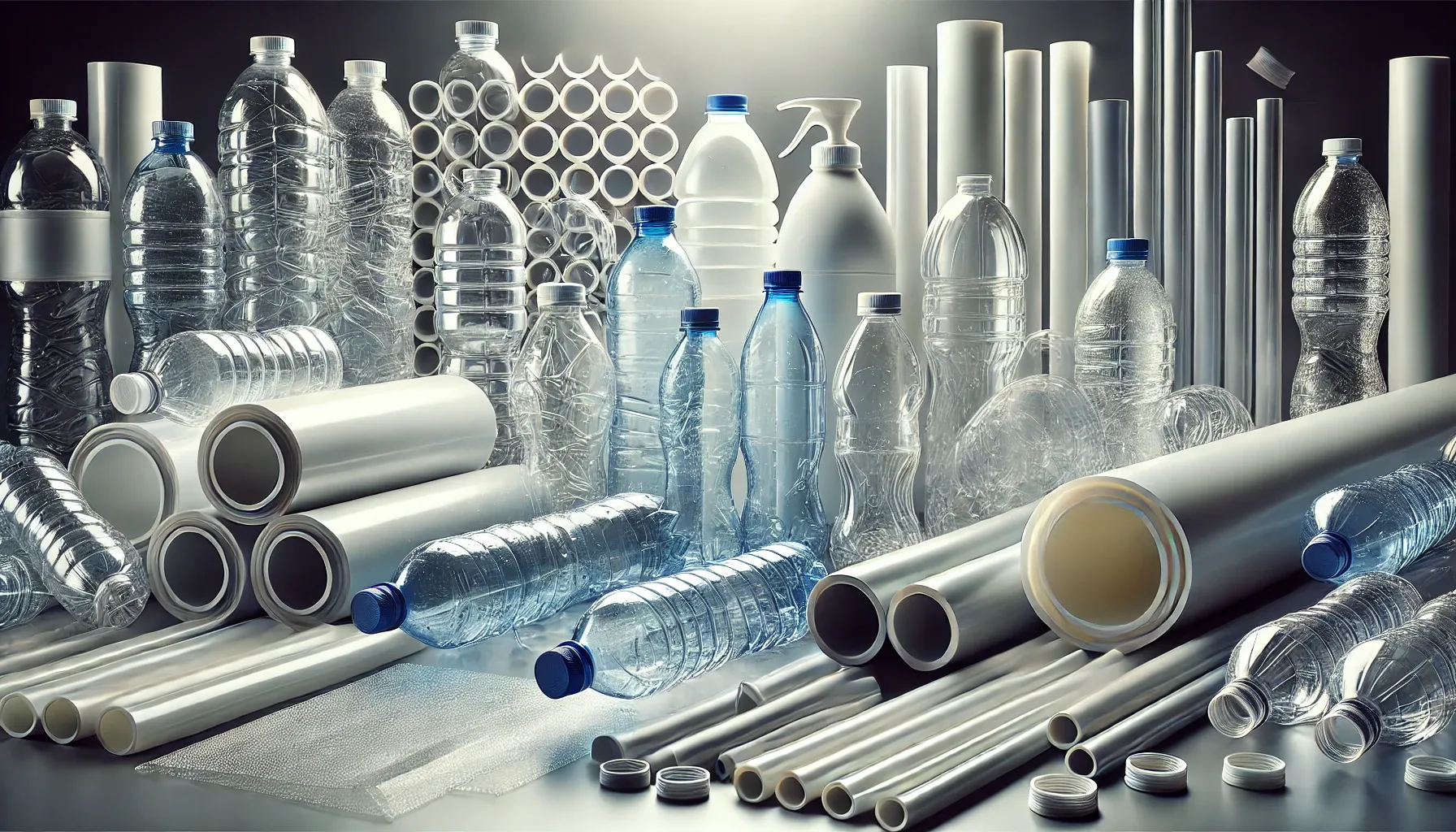Recycling is an essential aspect of waste management, particularly when it comes to plastics. Among the various plastics, polyethylene terephthalate (PET) is widely recognized for its recyclability and strong market demand. However, the presence of polyvinyl chloride (PVC), identified by plastic identification code #3, poses significant challenges in the PET recycling process.
Saturs
The Problem with PVC Contamination
PVC can enter the PET recycling stream from several sources, making the identification and removal of these contaminants critical. The main contributors to PVC contamination in PET recycling include:
- Mimicking PVC Bottles: PVC bottles can easily be mistaken for PET bottles due to their similar appearance. When flattened, PVC bottles leave a distinctive white “crease” mark, which trained sorters can identify and remove.
- Safety Seals: Many PET bottles come with PVC safety seals, such as those found on mouthwash bottles. These seals must be removed before the granulating process to prevent contamination.
- Caps and Closures: Some bottle caps and closures have PVC liners. Although this practice is becoming less common in the U.S., the occasional presence of these PVC-lined caps still poses a risk.
- Labels: PVC labels wrapped around PET bottles are another source of contamination. If not removed, these labels can lead to issues during recycling.
Even small concentrations of PVC, as little as 50 parts per million (ppm), can have detrimental effects on the recycling process. PVC contamination can cause physical and chemical breakdown of PET, resulting in brittleness and discoloration of the recycled material. Additionally, the gassing of chlorine vapors during the recycling process presents a health hazard.
Strategies for PVC Removal in PET Recycling
To mitigate the risks associated with PVC contamination, both manual and automatic sorting techniques are employed in recycling facilities:
Manual Sorting
Manual sorting remains one of the most effective methods of PVC removal. Skilled workers can visually identify and remove PVC bottles, ensuring a cleaner PET stream. Enhancements to this process, such as the use of UV lighting, can significantly improve efficiency. When PET bottles pass through UV lighting, they emit a blue fluorescent light, while PVC bottles often emit a green/yellow fluorescence due to common additives. This color differentiation allows sorters to easily identify which bottles to remove. To protect sorters from prolonged UV exposure, shifts are recommended to be limited to two hours.
Automatic Sorting
With labor costs rising, fully automatic sorting systems have gained popularity. These systems utilize various technologies, including:
- Optical Sorting Systems: These rely on cameras and sensors to detect differences in light reflection and transmission between PET and PVC bottles.
- Transmission Technologies: These systems analyze the physical properties of the bottles as they pass through.
- Surface Scanning Systems: These scan the surfaces of the bottles to identify materials.
Of these, X-ray detection has proven to be the most reliable. X-rays can detect the presence of chlorine, which is absent in PET, allowing for the effective identification of PVC bottles.
Two to Three Pass Routine
To further minimize PVC contamination, implementing a two to three pass sorting routine is advisable. This process involves passing the PET stream multiple times through the sorting mechanisms, significantly reducing the likelihood of PVC contamination in the final product.
Secinājums
The presence of PVC in PET pudeļu pārstrāde is a challenging issue but one that can be managed with appropriate sorting techniques. By understanding the sources of PVC contamination and utilizing both manual and automatic sorting technologies, recyclers can ensure higher quality recycled PET, meeting the stringent requirements of high-end applications and contributing to a more sustainable future.



